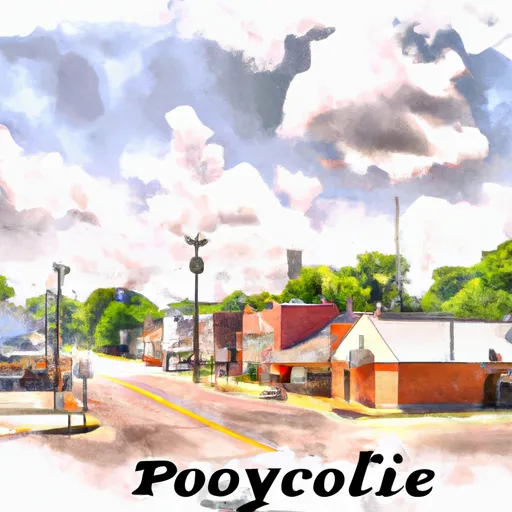°F
°F
mph
Windspeed
%
Humidity











Proctorville, Ohio is a small, scenic village located in Lawrence County, in the southeastern part of the state. The climate in Proctorville is characterized by warm summers and cold winters, with moderate precipitation throughout the year. Summers are generally mild, with temperatures averaging around 80°F, while winters can be cold, with temperatures dropping to around 30°F, occasionally even lower.
When it comes to hydrology, Proctorville is situated near the Ohio River, which provides a stunning backdrop to the village. The river offers various recreational opportunities, such as boating, fishing, and water sports. The river also contributes to the region's diverse wildlife, attracting many bird species, making it a fantastic spot for birdwatching enthusiasts.
In addition to the Ohio River, Proctorville is surrounded by lush forests and rolling hills, providing ample opportunities for hiking, camping, and nature exploration. Wayne National Forest, located nearby, offers numerous trails and camping grounds for outdoor enthusiasts to enjoy.
Overall, Proctorville offers a pleasant climate, beautiful hydrological features, and a range of outdoor recreation opportunities, making it an ideal destination for nature lovers and outdoor adventurers.
Weather Forecast
Proctorville receives approximately 1107mm of rain per year, with humidity levels near 83% and air temperatures averaging around 13°C. Proctorville has a plant hardyness factor of 6, meaning plants and agriculture in this region thrive during a short period during spring and early summer. Most plants will die off during the colder winter months.
Regional Streamflow Levels
38
Cubic Feet Per Second
5,550
Cubic Feet Per Second
1,750
Cubic Feet Per Second
4,810
Cubic Feet Per Second
Nearby Camping
| Camping Area | Reservations | Toilets | Showers |
|---|---|---|---|
| Breaks InterState Park | |||
| Cranesnest - John W. Flannagan Reservoir | |||
| Bark Camp | |||
| Grapevine - Fishtrap Lake | |||
| Pound River - John W. Flannagan Reservoir | |||
| Lower Twin Branch - John W. Flannagan Reservoir |



